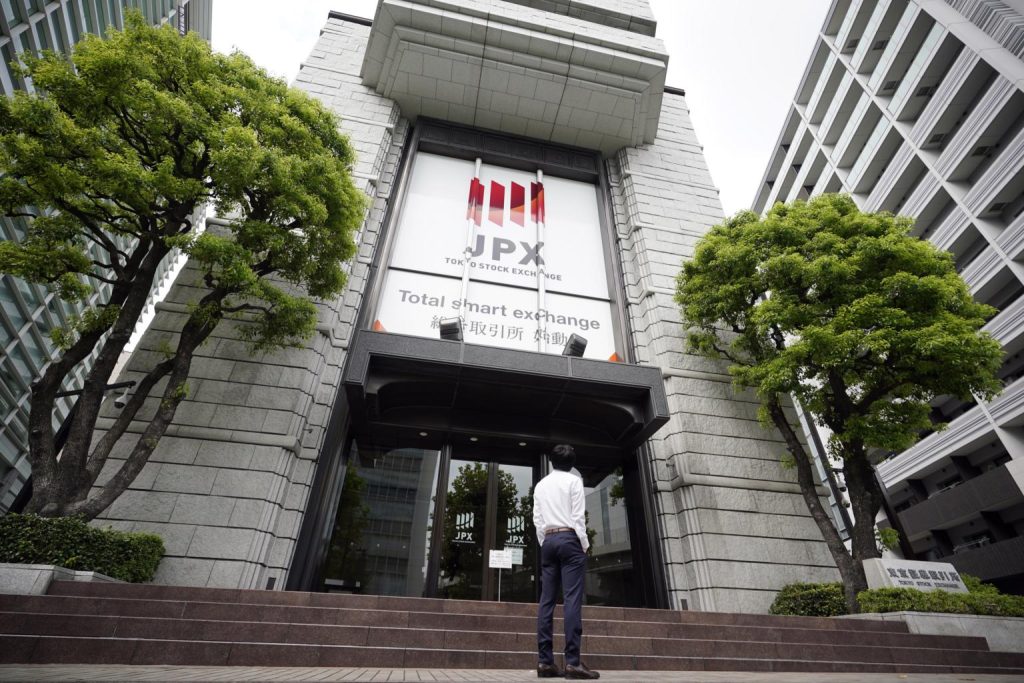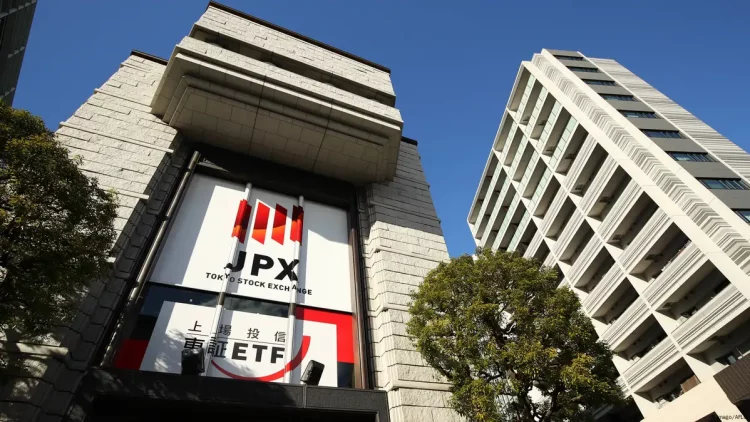For decades, Japan’s equity markets were synonymous with disappointment—a cautionary tale of asset bubbles, economic stagnation, and entrenched deflation. But in a twist few foresaw with confidence, Japan’s stock market is roaring back to life. The Nikkei 225 broke record highs for the first time since 1989, corporate earnings are surging, and foreign capital is flooding in. This revival has many investors asking: Can Japan sustain its equity rally now that it appears to be exiting its long deflationary era? To answer this, we must examine the changing landscape of Bank of Japan (BOJ) policy, structural wage reforms, and how these shifts are shaping investor sentiment both domestically and abroad.
The End of Deflation: A Structural Break or Another Mirage?
Japan’s struggle with deflation has been a defining feature of its post-bubble economy since the 1990s. For years, prices either fell or stagnated, eroding consumer and corporate confidence. Yet, recent signs suggest the tide may be turning. Inflation has hovered above the BOJ’s 2% target for several quarters, spurred by rising import costs, a weakening yen, and an unprecedented willingness among Japanese firms to raise wages. The consensus among strategists is that Japan may finally be entering a new economic regime—one characterized by modest inflation, healthier consumption, and reawakened investor appetite.
But is this the structural pivot that bulls have long awaited, or simply a cyclical spike riding on global inflation trends? The BOJ is betting on the former. Governor Kazuo Ueda’s shift away from ultra-loose monetary policy suggests the central bank sees real change in Japan’s inflation dynamics. In March 2024, the BOJ raised interest rates for the first time in 17 years, ending the world’s last negative-rate policy. This marks a significant psychological and policy departure, signaling that Japan is preparing to rejoin the global monetary mainstream.
Bank of Japan: From Deflation Fighter to Inflation Steward
For most of the 21st century, the BOJ has been a global outlier—aggressively accommodative while other central banks hiked rates. Its commitment to zero or negative interest rates, massive asset purchases, and yield curve control (YCC) turned Japan into a laboratory for unconventional monetary policy. But with inflation stabilizing above target and wage growth showing signs of durability, the BOJ is now recalibrating.
By removing YCC and ending purchases of exchange-traded funds (ETFs), the BOJ is signaling confidence in Japan’s self-sustaining recovery. These shifts have material consequences for equity markets. First, the elimination of YCC lifts artificial constraints on bond yields, allowing for a more market-driven pricing of risk. This can benefit banks and insurers—sectors long punished by suppressed yields. Second, the BOJ’s reduced presence in the equity market places greater emphasis on fundamentals and foreign capital flows.

That said, normalization comes with risks. Higher interest rates could hurt highly leveraged firms or weigh on consumption if wage growth doesn’t keep pace with inflation. Still, Japanese corporates appear well-prepared: they’re sitting on historically high cash reserves, deleveraging has been ongoing for decades, and profit margins are expanding. The BOJ’s pivot, if gradual and well-communicated, could support rather than derail the equity rally.
Wage Inflation: The Missing Link Finally Found?
For years, one of the great puzzles of Japanese economics has been its anemic wage growth. Despite tight labor markets and aging demographics, wages remained stubbornly stagnant—until recently. The 2024 spring wage negotiations (“Shunto”) delivered the largest pay hikes in over 30 years, with major firms offering average raises above 5%. This trend marks a potential inflection point in Japan’s wage-price spiral.
Why are companies finally raising wages? Several structural changes are at play. First, demographic realities are biting. Japan’s labor force is shrinking, making workers more valuable and giving them newfound bargaining power. Second, social pressure from policymakers, unions, and the public has intensified, nudging firms to share their record profits with employees. Third, companies are competing for talent amid a digital transformation boom, particularly in tech, automation, and green energy sectors.
Sustained wage growth could be the linchpin of a virtuous cycle: higher wages boost consumption, which supports corporate revenues and further investment. Importantly, it would make inflation stickier—justifying the BOJ’s normalization path and underpinning equity valuations based on real rather than artificially suppressed growth expectations.
Foreign Capital Returns: Japan as the Global Market Darling
Perhaps the clearest vote of confidence in Japan’s equity outlook comes from global investors. In 2023 and 2024, Japan saw one of the largest waves of foreign equity inflows in recent history. The reasons go beyond macro. Corporate governance reforms, originally catalyzed by former Prime Minister Shinzo Abe’s “Abenomics,” have matured. Companies are improving return on equity (ROE), engaging more transparently with shareholders, and boosting dividends and buybacks.
Warren Buffett’s investments in Japanese trading houses have also served as a powerful endorsement. When the Oracle of Omaha declares Japan undervalued and long-term investable, the world listens. Institutional investors have followed suit, rotating out of expensive U.S. and Chinese equities and into Japan’s relatively attractive valuations.
Valuation remains one of Japan’s strongest selling points. Despite the recent rally, the Nikkei still trades at a discount to the S&P 500 and even some European benchmarks. Moreover, Japanese corporates are, on average, more cash-rich and less leveraged than their Western counterparts. This defensive strength, combined with upside potential, offers a rare dual appeal—especially in a world facing rising rates, geopolitical fractures, and peak-dollar concerns.
Sectoral Tailwinds: Where Japan’s Growth Lies
Not all sectors will benefit equally in this new regime. Financials, which languished under negative rates, are finally seeing margin expansion. Higher yields boost net interest margins, making banks and insurers newly attractive. Industrials, especially those tied to automation, robotics, and energy transition, also stand to gain from both domestic capex revival and global reshoring trends.
Technology, long overshadowed by the U.S. and Korea, is seeing a renaissance. Japan remains a global leader in advanced manufacturing, semiconductors, and electric vehicle components. With geopolitical shifts forcing the U.S. and Europe to diversify supply chains away from China, Japan’s trusted manufacturing ecosystem is regaining strategic importance.
Meanwhile, small and mid-cap stocks—often overlooked—may offer compelling opportunities as domestic consumption recovers and the BOJ exits the market-distorting ETF program that favored large caps.
Risks That Could Derail the Rally
Despite the upbeat narrative, several headwinds could challenge Japan’s equity ascent. Currency volatility remains a key risk. While a weak yen has benefited exporters, it also imports inflation and pressures household budgets. If inflation expectations overshoot and real wage growth stalls, consumer sentiment could falter.
Geopolitical tensions in East Asia—particularly regarding China-Taiwan relations—could also unnerve markets. Japan’s strategic alignment with the U.S. places it squarely in the crosshairs of regional instability. Furthermore, if global recession fears re-emerge, Japan’s export-heavy economy could take a hit.
Finally, the BOJ’s policy path must walk a narrow line. Tighten too quickly, and the fragile recovery could be choked off. Move too slowly, and inflation could unanchor, eroding purchasing power and investor confidence. Communication, transparency, and timing will be critical.
Conclusion: A New Dawn or a Familiar Sunset?
Japan’s equity rally is more than a flash in the pan. Structural reforms, macroeconomic normalization, and investor reengagement are converging to deliver a credible bull case. The long-awaited end of deflation, wage growth momentum, and BOJ policy shifts represent a historic inflection point. If sustained, these changes could rewrite the narrative that has haunted Japanese equities for a generation.
Still, the journey will be uneven. Maintaining this momentum requires careful policy calibration, continued corporate reform, and a favorable global backdrop. For now, though, Japan has a compelling story: a major developed market offering growth, value, and stability—a rare combination in today’s turbulent investment landscape.













































